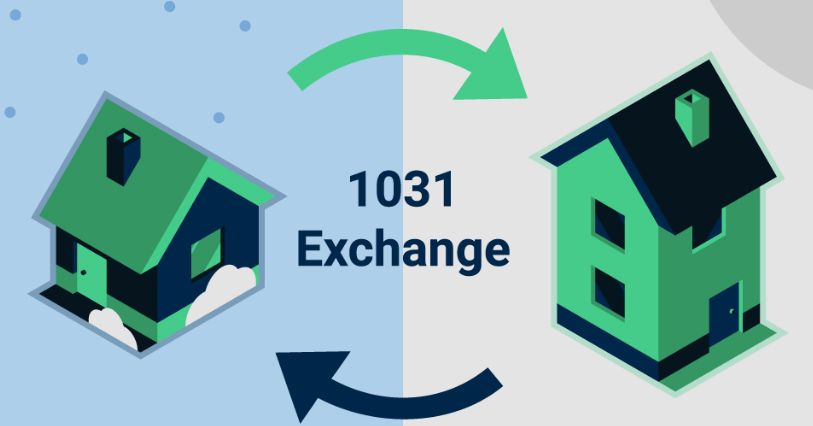Real estate investment encompasses various strategies for optimizing returns, and a key tool frequently employed by sophisticated investors and family offices is Section 1031 of the Internal Revenue Code. This provision allows investors to defer capital gains taxes when exchanging like-kind properties. In this article, we explore the nuances of Section 1031 and delve into tactics for maximizing returns and achieving financial success.
Understanding Section 1031 Exchange
At its core, Section 1031 is a tax code provision enabling investors to defer capital gains taxes on real estate sales by reinvesting the proceeds in a similar property. This tool has long been a staple for real estate investors, offering a legal means to defer taxes and keep more capital actively working for the investor.
Benefits of Section 1031 Exchange
The advantages of Section 1031 are diverse, providing immediate financial benefits and facilitating long-term wealth accumulation. A primary advantage is the deferral of capital gains taxes, allowing investors to reinvest the total proceeds from a property sale. This, in turn, fosters wealth compounding and the potential for substantial returns on investment.
Identifying Like-Kind Property
“Like-kind” in Section 1031 doesn’t mean identical but rather refers to the nature or character of the investment. This flexibility allows investors to exchange various real estate types, providing opportunities for strategic adjustments in their investment mix.
Read also Destene and Brandon Net Worth, Wiki, Age, Bio, Height, Destene and Brandon Pranks
The Exchange Process: A Step-by-Step Guide
Executing a successful Section 1031 exchange involves well-defined steps, demanding meticulous attention at each stage. From identifying replacement properties within specified timeframes to closing the sale of relinquished property, compliance with IRS regulations is essential. Qualified intermediaries play a crucial role in facilitating seamless exchanges.
Common Misconceptions
Despite its advantages, Section 1031 has misconceptions, with some erroneously viewing it as a loophole or exclusive to the ultra-wealthy. In reality, it is a legitimate tax deferral method available to any investor engaged in real estate transactions, provided they adhere to IRS regulations.
Risk Management and Compliance
Navigating Section 1031 complexities requires awareness of potential risks and commitment to compliance. Diligence in adhering to timelines, documenting transactions, and staying informed about changes in tax laws is crucial for mitigating risks and ensuring the effectiveness of the tax-deferred growth strategy.
Conclusion: Navigating the Path to Financial Success (continued)
- In conclusion, mastering Section 1031 is more than a strategic maneuver—it’s an art form that elevates investors on the path to enduring financial success. Whether it’s about optimizing returns, deferring taxes, or creating a resilient real estate portfolio, Section 1031 stands as a versatile instrument for those committed to long-term prosperity. By honing their skills in the art of tax-deferred growth, investors can sculpt a financial future that aligns seamlessly with their wealth-building aspirations.

